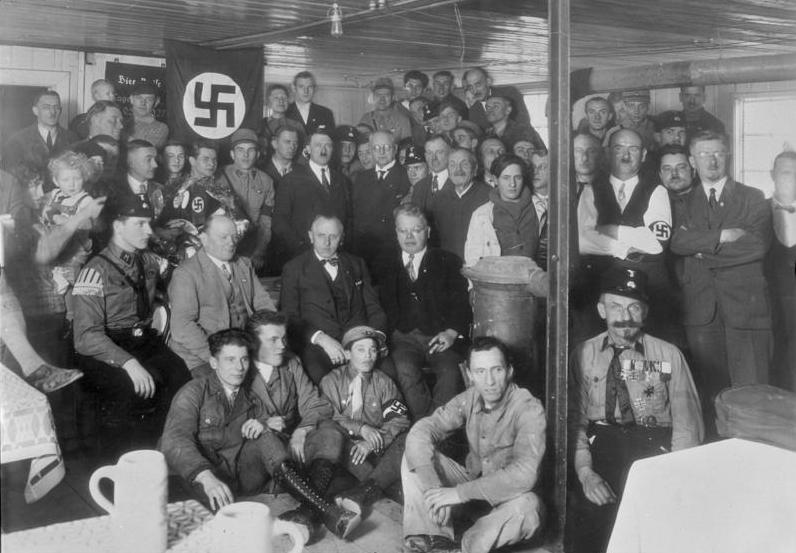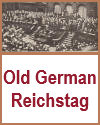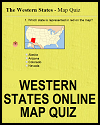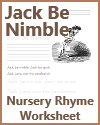Adolf Hitler at an NSDAP meeting of the Munich, Germany, Braunes Haus, in December, 1930. NSDAP stands for "Nationalsozialistische Deutsche Arbeiterpartei" (National Socialist German Workers Party). The term "Nazi" is an abbreviation of Nationalsozialistische. Adolf Hitler is visible standing in the upper-left-center of the photograph, wearing a business suit and his trademark mustache. Click here to enlarge.
The rise of the Nazi Party in 1930s Germany was a complex and multifaceted process driven by political, economic, and social factors. The National Socialist German Workers' Party (NSDAP), led by Adolf Hitler, capitalized on widespread discontent and instability to gain power and ultimately transform Germany into a totalitarian state.
The backdrop to the Nazi Party's ascent was the profound impact of the Treaty of Versailles and the economic turmoil of the Great Depression. The Treaty of Versailles, imposed on Germany after World War I, had left the country humiliated and burdened with heavy reparations. This fostered a sense of national resentment and economic hardship. The global economic downturn of the late 1920s and early 1930s exacerbated these conditions, leading to massive unemployment, hyperinflation, and social unrest.
The Nazis skillfully exploited these grievances, promising to restore Germany's former glory, revive the economy, and provide jobs. Their propaganda was highly effective, combining nationalist rhetoric, anti-Semitism, and anti-communism. The party's paramilitary wing, the SA (Sturmabteilung), also played a crucial role in intimidating opponents and creating an atmosphere of fear and violence.
In the 1932 elections, the Nazi Party emerged as the largest party in the Reichstag, although they did not have an outright majority. Political maneuvering and backroom deals culminated in President Paul von Hindenburg appointing Hitler as Chancellor on January 30, 1933. Once in power, Hitler moved swiftly to consolidate his control. The Reichstag Fire in February 1933 was used as a pretext to pass the Reichstag Fire Decree, which suspended civil liberties and allowed for the arrest of political opponents.
The Enabling Act, passed in March 1933, gave Hitler dictatorial powers by allowing him to enact laws without the Reichstag's approval. The Nazis then systematically dismantled democratic institutions, silenced dissent, and established a totalitarian regime. By 1934, Hitler had become the Führer, solidifying his control over Germany and setting the stage for aggressive expansionist policies that would lead to World War II.
The rise of the Nazi Party in 1930s Germany serves as a stark reminder of how economic distress, political instability, and manipulative propaganda can enable the ascent of totalitarian regimes.
|















